 Walter Byj
Walter Byj
July 3, 2015
BURLINGTON, ON
What have the aboriginal problems and grievances got to do with the schools in Burlington?
A lot more than you might imagine.
After years of neglect and basically nothing in the way of information for the public the National Truth and Reconciliation Commission (TRC) issued a report that spelt out in language no one could misunderstand.
The Commission spent more than five years listening to the witness and testimony of the thousands of aboriginal people about the children who were taken from their parents and placed in residential schools.
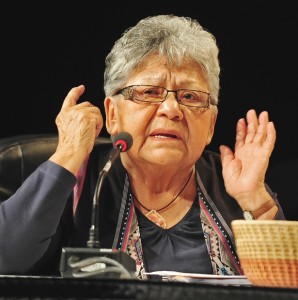
The face bears the pain and the suffering after years in residential schools – away from your family and your culture.
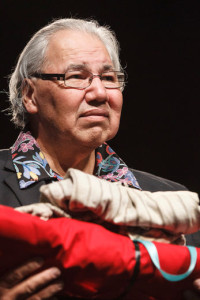
So much damage – and yet many survived the residential school experience to tell their story. Our part of the Truth and Reconciliation experience is to ensure that something like this never happens again.
Of the 94 recommendations that were included in what is now known as the Truth and Reconciliation Report there are two that relate directly to what will be taking place in our schools.
Two of the recommendations were to “inform all Canadians about what happened in Indian Residential Schools in Canada. The commission would document the” history of the residential schools system and the experience of former students and the ongoing legacies within the communities”.
On June 2nd, the commission issued a 418 page executive summary. Their quick summary is as follows;
“ For over a century, the central goals of Canada’s Aboriginal policy were to eliminate Aboriginal governments; ignore Aboriginal rights; terminate the Treaties; and, through a process of assimilation, cause Aboriginal peoples to cease to exist as distinct legal, social, cultural, religious, and racial entities in Canada. The establishment and operation of residential schools were a central element of this policy, which can best be described as “cultural genocide.”
Of the 94 recommendations of the commission, #62 and #63 called on school boards within Canada to develop and implement from Kindergarten to grade 12 a curriculum on Aboriginal peoples in Canadian history and the history and legacy of residential schools.
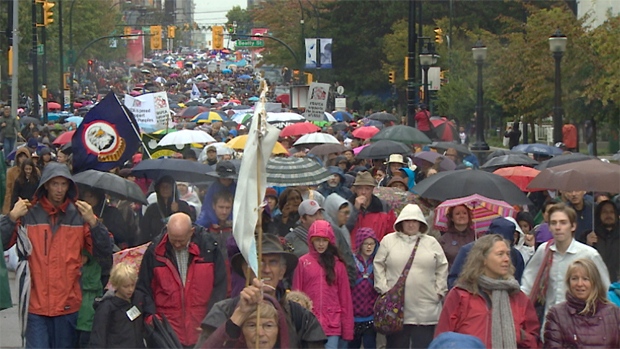
They marched in the rain to witness publicly and let the rest of the country know that serious mistakes were made.
York University Professor, Susan Dion made the point when she said: “education is the key to reconciliation because we need to know what we are reconciling about. You may not be responsible for what happened, but you are responsible for knowing the history.”
This background was the setting for a recommendation submitted to the Board of Education by trustee Ehl Harrison (Oakville) for decision on June 24th.
RECOMMENDATION brought to the Halton District School Board:
Whereas the work of the National Truth and Reconciliation Commission (TRC) regarding residential schools in Canada concluded its work in June 2015, resulting in 94 far reaching Calls to Action, including a number specifically focused on education;
Be it resolved that the Halton District School Board:
i) Foster and continue to develop a culture where all students gain knowledge of residential schools and their effects on Aboriginal communities of Canada and see themselves as contributors to reconciliation.
ii) Report annually on our actions.
iii) (At least) Annually during a Board meeting recognize the history of our area and give respect and honour to its First Peoples, by including in the Chair’s welcome, “We would like to acknowledge that we are on the traditional territory of the Mississaugas of the New Credit First Nation.”
iv) Correspond with the Ministry of Education, urging collaboration with Aboriginal communities and the Ontario Public School Board Association to include treaty education, the history and legacy of residential schools and the impact of the Indian Act in
curriculum in a way that gives voice to First Peoples. Recognizing that this will take time, also requesting that the Ministry immediately provide school boards with resources to develop and share best practices that support reconciliation.
There was never any doubt that the motion would pass unanimously; it had been discussed and tweaked at previous meetings. However, prior to the vote earlier in June, the board recognized the delegation of Stephen John Paquette (birth name John Andrew Kimewon) a member of the Ojibwa tribe and a victim of the Residential School experience.
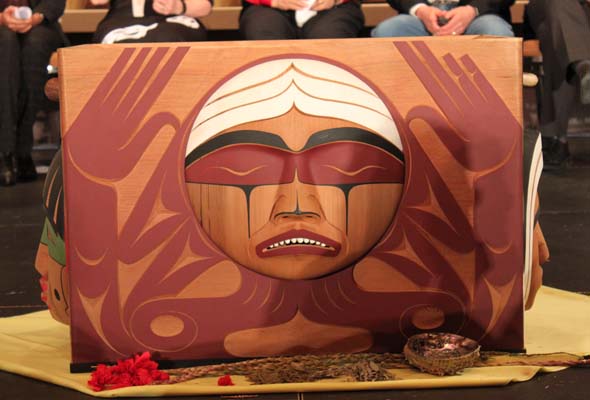
The Truth and Reconciliation Box was set out during every hearing – the image of eyes closed represented what most Canadians did – we kept our eyes closed – we did not know.
Speaking in a methodical, simple, poignant and emotional manner, he initially acknowledged not only all those in the room, but also their ancestors. The teaching of the elder’s state you not only acknowledge the people you meet, but also their ancestors and their land of origin he said. He referred to the immigrants to Turtle Island as partners that need to work together and build a relationship.
He asked that we return to the spirit of the original treaties and build respect by understanding each other. He mentioned that when his two daughters entered the Halton school system they were warmly acknowledged and he was asked to speak to students about their history.
There was no bitterness in his words, but rather an olive branch so that we could all build dual respect. The passing of the recommendation was a good start.
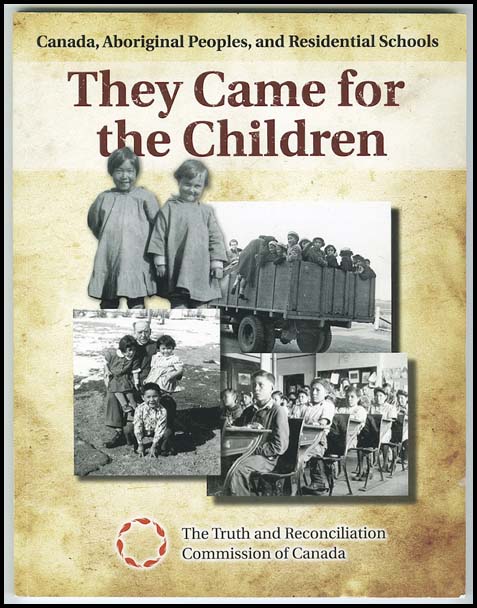
The title reads like something that was done in Germany during the Second World War – but this was Canada and those children were what we called “indians” then. Were learning the truth now – reconciliation will follow.
His presentation was particularly felt by this reporter: I grew up in Brantford Ontario, close to the Six Nations Reserve, and was totally unaware of the residential schools and the damage that was done to so many young people. My grandchildren will sit in classrooms where they will know what was done and hopefully ensure nothing like that every gets done again.
The motion passed unanimously.



















Terrific article Mr. Byj. I look forward to more on this important issue.
I am thankful that the truth has finally come out. I attended elementary school with the Kanasatake FN in Quebec in the 60s & 70s. None of us non-aboriginal kids, not even later in high school, knew about the unjust and cruel history and ongoing treatment of our FN peoples.
We were only taught a syrupy romanticized version of history and that our FN classmates were quiet kids and very closely knit. The closest were ever got any understanding about our friends was when our grade 5 teacher, an aboriginal lady, taught the class to do beadwork.
After the Oka Crisis, long after I had left Quebec, I started asking questions and reading. How could we have not known what could or may have been happening in our little friends’ communitees?!
Your article started with the question of why does this matter to Burlington. A couple of years ago I attended a symposium at MM Robinson on the Missing and Murdered Ingigenous Women, I ran into the principal while I was admiring the multiculturalism displays. I believe she told me that 17% of her students self identify as First Nations People. There in itself is a very good reason for Halton to care.